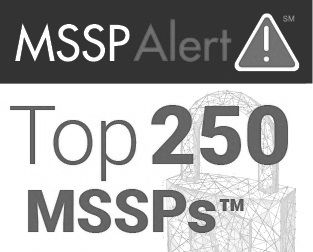
- Would you know if a hacker was in your system… using a legitimate login?
- If 67% of cyber incidents start with stolen credentials, how safe is your team’s inbox?
- What’s more dangerous—someone breaking in, or someone walking in like they belong there?
Cybercriminals aren’t always picking locks anymore—they’re walking right in with a stolen key.
And that “key” is often your login credentials.
This growing threat is known as an identity-based attack, and it’s now one of the most common methods hackers use to gain access to small and mid-sized business systems. Instead of breaking through your defenses, they steal passwords, trick employees into clicking malicious links, or overwhelm them with fake login requests until someone slips.
Unfortunately, it’s working.
In 2024, one cybersecurity firm reported that 67% of serious security incidents came from stolen logins. Even large companies like MGM Resorts and Caesars Entertainment fell victim in the past year, and if attackers can breach Fortune 500 firms, smaller businesses with fewer defenses are an easier target.
If your team is already concerned about cyber risks, here’s what you should know, and why upgrading to a managed cybersecurity approach is one of the smartest moves you can make.
How Hackers Are Getting In
While stolen passwords are the most common starting point, the methods are getting more sophisticated:
- Phishing & fake login pages – Employees are tricked into entering their credentials on lookalike sites.
- SIM swapping – Criminals hijack the phone number used for text-based 2FA codes.
- MFA fatigue attacks – Repeated login requests wear down users until they accidentally hit “Approve.”
- Third-party targeting – Vendors like call centers or outsourced IT teams get compromised, giving attackers a backdoor into your systems.
And with more remote and hybrid teams, attackers are exploiting security gaps in home networks, personal devices, and unmanaged tools. If you’ve got remote staff, these risks might be bigger than you think.
How to Protect Your Business
The good news? You don’t need to be an IT expert to defend against these threats. A few targeted measures can make all the difference:
- Turn On Multifactor Authentication (MFA)
- Use app-based or hardware security keys instead of SMS codes.
- Train Your Team
- Teach employees how to spot suspicious emails, links, and login requests—and how to report them fast.
- Limit Access
- Give employees access only to the files and systems they need. Fewer privileges = smaller breach impact.
- Use Strong Passwords or Go Passwordless
- Deploy a password manager or move to biometrics/security keys to remove passwords from the equation entirely.
The Bottom Line
Hackers are after your credentials, not just your systems. And they’re getting more creative every day. The faster you put protections in place, the harder it becomes for them to sneak in.
At TruAdvantage, we help Bay Area SMBs secure their logins, train their teams, and stay ahead of evolving threats—without slowing down day-to-day operations.
We are an Award-winning IT Provider and Comprehensive IT Solutions in San Francisco, San Jose, and throughout the Bay Area.Need Managed IT Services?
We offer IT and Security Health Check. We’ll show you where your gaps are—and how to close them before they become expensive.
Book Your Free Consultation Now
Categories: Blog














